BIOSECURITY is understood as a set of measures, that will be carried out in order to avoid the entrance and spreading of pathogens into a farm/industry. This is a very simple way to understand the concept.
Available in other languages:
Content available at:
Español (Spanish)
The concept of BIOSECURITY, is getting stronger and taking center stage more and more nowadays, stepping forward in the animal production industry. This may be due to extrinsic factors, such as limitations in some pharmacological substances, a growing matter, or customer demands, but also due to some intrinsic factors, related to the production itself in regards to densities, certain emerging pathogens, etc.
BIOSECURITY is understood as a set of measures, that will be carried out in order to avoid the entrance and spreading of pathogens into a farm/industry. This is a very simple way to understand the concept.
The reality is that every individual operation requires a proper and thorough examination, for each different situation, followed by execution of a specific working protocol, taking into account every singularity. This is why, from GRUPO OX, we refer to the concept as INTELLIGENT BIOSECURITY.
Of course, incubators and hatcheries are not slipping away from it, just the opposite, BIOSECURITY is even more important in this kind of premises, due to the nature of the process, in terms of temperature and humidity needed for the correct embryo development within the egg, which are ideal as well for pathogens settlement and development, such as:
There is therefore a huge risk of contamination at all the different stages of the process, compromising productive parameters, if we don´t put the proper barriers in place.
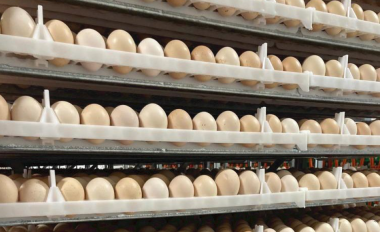
Usually, incubators/hatcheries are premises with a relatively complex structures, or at least, when compared to other premises within the same sector (think about a broiler or a laying hen shed), with complex ventilation and humidity systems, different environments in different rooms, etc.
Besides, there are fertile eggs or just day-old chicks inside, whose immune system is not properly developed, and so we need to be extra careful. This is the reason why
Subscribe now to the poultry technical magazine
AUTHORS
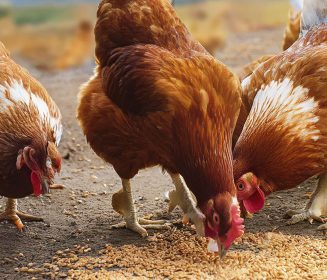
Layer Longevity Starts at Rearing
H&N Technical Team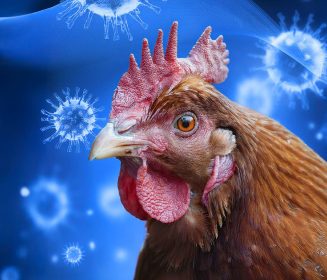
The Strategy for a Proper Infectious Bronchitis Control
Ceva Technical Team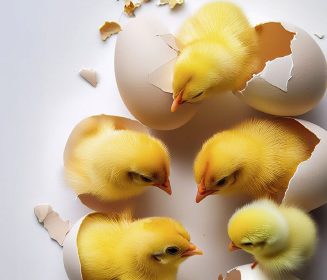
Elevate Hatchery Performance with Petersime’s New Data-Driven Incubation Support Service
Petersime Technical Team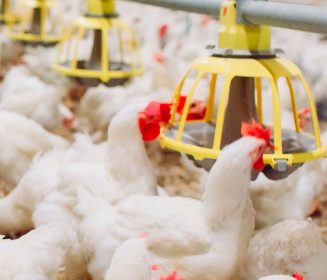
Maize and Soybean Meal Demand and Supply Situation in Indian Poultry Industry
Ricky Thaper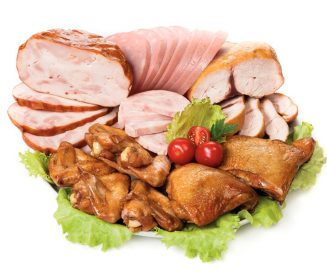
Production of Formed Injected Smoked Chicken Ham
Leonardo Ortiz Escoto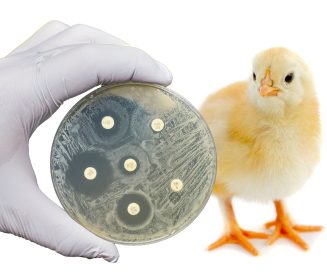
Antimicrobial Resistance in the Poultry Food Chain and Novel Strategies of Bacterial Control
Edgar O. Oviedo-Rondón
GREG TYLER INTERVIEW
Greg Tyler
Insights from the Inaugural US-RSPE Framework Report
Elena Myhre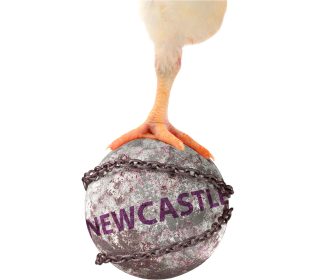
Newcastle Disease: Knowing the Virus Better to Make the Best Control Decisions. Part II
Eliana Icochea D’Arrigo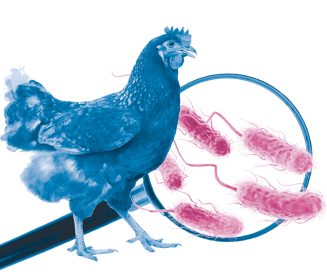
Avian Pathogenic E. coli (APEC): Serotypes and Virulence
Cecilia Rosario Cortés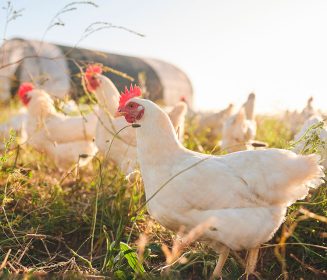
The Importance of Staff Training on Animal Welfare Issues in Poultry Industry
M. Verónica Jiménez Grez
Rodent Control is a Key Factor in Poultry Biosecurity and Sustainability
Edgar O. Oviedo-Rondón